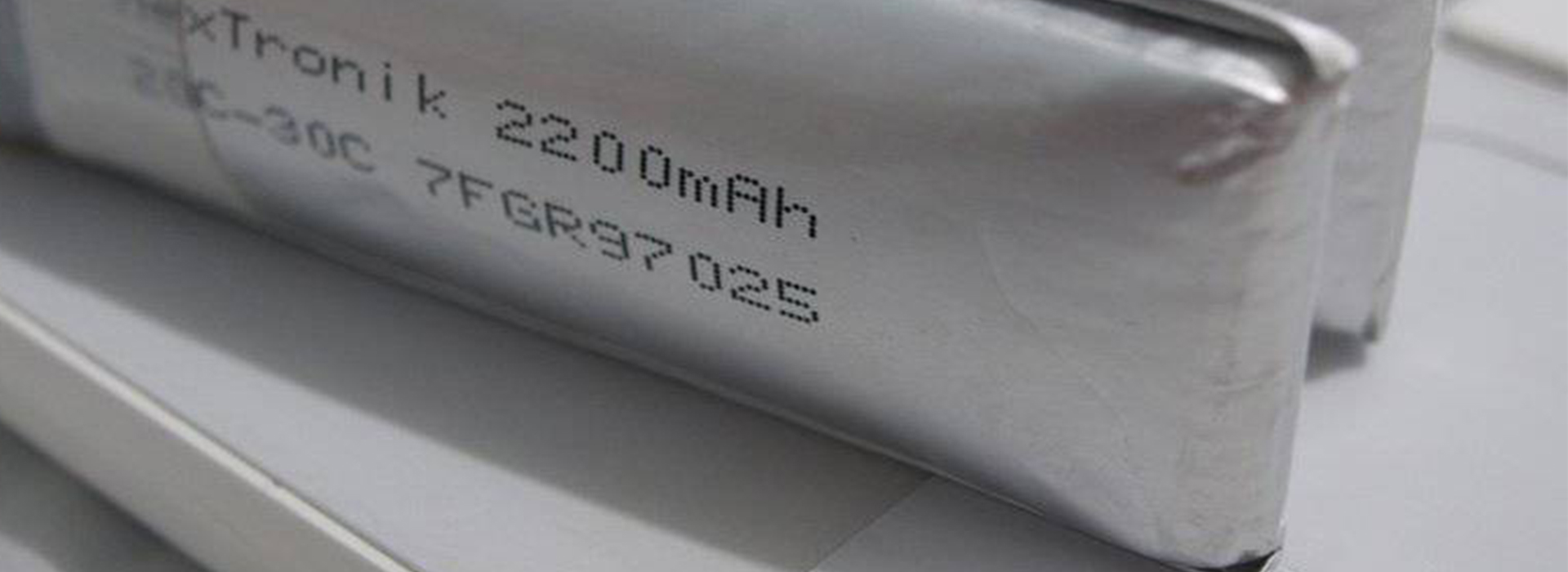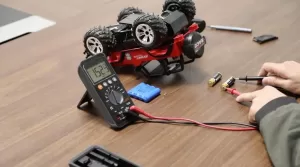Everyone who uses lipo batteries is confronted with a puffy or swollen battery at some time.
And the first question that inevitably comes up is, “What should I do?”
This post is about what causes this swelling and what to do if this occurs with one of your lipo batteries.
Are swollen lipo batteries dangerous?
Yes. Next question.
Seriously, there are so many examples of puffed batteries catching fire that this shouldn’t even be a question.
That doesn’t mean that every puffed battery will explode as soon as you use it, but it does mean that a high enough percentage of them are dangerous that it’s not worth the risk.
How does lipo battery swelling happen?
Yes. Next question.
Seriously, there are so many examples of puffed batteries catching fire that this shouldn’t even be a question.
That doesn’t mean that every puffed battery will explode as soon as you use it, but it does mean that a high enough percentage of them are dangerous that it’s not worth the risk.
Gas formation in lithium-ion batteries is a normal thing. Even if you do not abuse your battery, normal daily use of your battery will produce gas through a process called electrolyte decomposition.
Electrolyte decomposition happens even faster if you discharge or overheat a battery too much.
What is electrolyte decompostion?
Simply put, a battery consists of three parts: the anode, the cathode and the electrolyte. The cathode and anode are the positive and negative terminals of your battery.
The electrolyte is a chemical substance inside the battery that ensures that charged ions flow from the anode to the cathode when discharging (and in the other direction when charging).
Electrolyte decomposition is what happens when the electrolyte chemically breaks down. So in a lipo battery, the decomposition of the electrolyte produces lithium and oxygen. Lithium oxide is formed on the anode and the cathode (depending on whether you are charging or discharging).
But there is also excess oxygen that does not adhere to the anode or cathode. This excess oxygen contributes to battery swelling. And oxygen likes to burn.
Other gases that can be produced during the normal chemical reactions in a battery are carbon dioxide (CO2) and carbon monoxide (CO). A technical overview of these can be found in this paper.
How can we fix a puffed battery?
Don’t do it.
Just don’t do it.
Dispose of it properly (see below) and buy a new one.
It’s not worth hurting yourself or burning down your house to save a few dollars.
How to dispose of swollen lipo batteries
The proper way to dispose of a swollen lipo battery is the same way you would if you were throwing away an old battery. You must first fully discharge it.
The two main methods people use to fully discharge a battery is to hook it up to a light bulb or to put it in a bucket of salt water. There are debates about which method is better, but I will avoid that debate here for now.
If you decide to hook it up to a light bulb, I recommend these 12v 20-watt halogen bulbs. They are easy to solder on, so you can attach lead wires and plugs quite easily. This makes it easy to connect and discharge the battery. You can connect several in parallel to get the discharge rate you want. If you have any questions about this, let me know in the comments.
After you’ve fully discharged the battery, I recommend locating the nearest battery drop-off location and taking it there. Be sure to call ahead and ask if they accept damaged batteries.
Tips to avoid a Puffed Lipo Battery
- Proper Charging – Be sure to properly charge your battery with a quality charger. For safety, put your batteries in a lipo battery bag while charging. If you don’t have a lipo bag, I highly recommend buying one. For about $10, you can ensure that if something goes wrong, it will at least be contained.
- Avoid deep discharge – Make sure you stop using your lipo battery before the voltage reaches the minimum cutoff voltage.
Heat kills batteries – Do not use or charge batteries when they are warm. After using them, let them cool down a bit before charging them. And after you charge them, give them a little more time before you use them. - Proper Storage – Do not store your batteries in a hot place. (For example, don’t store them in the trunk of your car in the summer.) Store lipo batteries at the proper storage voltage. The article I linked above showed that swelling increased significantly after only 4 hours of storage when the batteries had a state of charge above 80%.
Conclusion
To sum up: As lipo batteries age and if they are misused, gases start to form in the battery and cause it to swell. Once you have a puffy lipo, the safe thing to do is to discharge it completely and then recycle it.
If you want to learn more about lipo batteries, check out my in-depth lipo battery guide. There I go into a lot of detail about all aspects of lipo battery.






Add comment